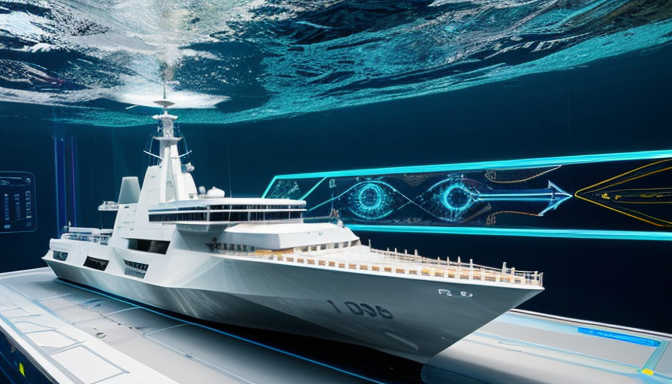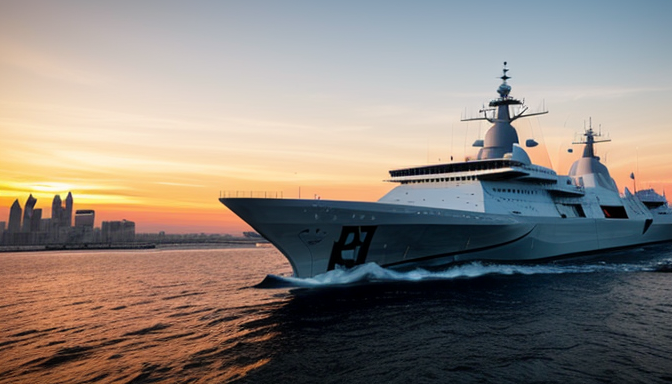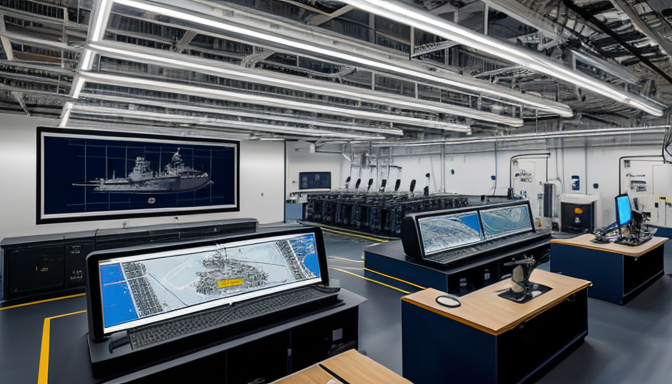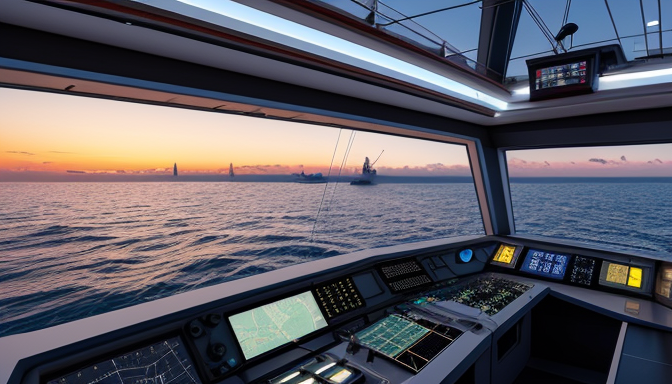Exploring the Unseen World of Naval Engineering
Welcome aboard the fascinating journey into naval engineering, where the sea meets cutting-edge technology! This field is not just about building ships; it’s about crafting marvels that navigate the vast oceans with grace and efficiency. Imagine the intricate dance of design and mechanics that goes into every vessel, from colossal cargo ships to sleek yachts. Each creation is a testament to human ingenuity, blending art and science in a way that few other industries can match.
One of the most exciting aspects of this discipline is the innovative ship design. Engineers are constantly pushing boundaries, exploring new materials and techniques that enhance performance while reducing environmental impact. For instance, the shift towards green propulsion systems is not just a trend; it’s a necessity. These systems, which include solar sails and hybrid engines, are revolutionizing how we think about travel over water. They promise a future where our oceans remain pristine, and our vessels glide silently through the waves.
Moreover, advancements in marine innovations are making waves in the industry. Technologies like automated navigation systems and advanced hull designs are not only improving safety but also increasing efficiency. Just think about it: a ship that can adjust its course in real-time based on weather patterns! This is the future of naval engineering, where every challenge is met with creativity and resilience. So, are you ready to dive deeper into this incredible world?
The Fundamentals of Naval Engineering
Naval engineering is a fascinating field that blends creativity with precision, much like a master artist painting a masterpiece. At its core, it involves the design, construction, and maintenance of ships and other maritime vessels. Imagine a world where every ship is not just a mode of transport but a marvel of engineering, crafted to withstand the harshest ocean conditions while being as efficient as possible. Understanding the fundamentals is crucial for anyone interested in the maritime industry, as it encompasses various disciplines, including mechanical engineering, electrical engineering, and materials science.
One of the key aspects of naval engineering is the design process. This involves a series of steps that ensure a vessel is not only functional but also safe and environmentally friendly. Engineers must consider factors such as hydrodynamics, stability, and structural integrity. For instance, the hull design plays a significant role in how efficiently a ship moves through water. Innovations in this area have led to the development of cutting-edge ship designs that minimize drag and optimize fuel consumption.
Additionally, green propulsion systems are transforming the naval engineering landscape. These systems aim to reduce the environmental impact of maritime operations. With the rise of global awareness about climate change, engineers are now focusing on integrating renewable energy sources and alternative fuels into ship designs. This not only enhances sustainability but also ensures compliance with international regulations aimed at protecting our oceans.
In summary, the fundamentals of naval engineering serve as the backbone of a continually evolving industry. By embracing innovation and prioritizing sustainability, naval engineers are paving the way for a brighter, greener future on the high seas.

Innovations in Naval Technology
In the ever-evolving world of naval engineering, innovations are not just a trend; they are a vital lifeline for the industry. Imagine a ship that can glide through the water with the grace of a dolphin, powered by the sun’s rays or harnessing the winds. That’s the future we’re stepping into! Recent advancements are reshaping our maritime landscape, focusing on eco-friendly designs and automated systems that promise to enhance both performance and sustainability.
One of the most exciting areas of development is in green propulsion systems. These systems aim to reduce the carbon footprint of vessels, making them more environmentally friendly. For instance, the integration of hybrid technologies, which combine traditional fuel sources with renewable energy, is becoming increasingly common. This not only cuts down on emissions but also boosts fuel efficiency, leading to significant cost savings over time.
Moreover, the advent of smart ship technology is revolutionizing how we manage and operate vessels. With the incorporation of IoT (Internet of Things) devices, ships can now communicate vital information in real-time, allowing for proactive maintenance and enhanced safety measures. It’s like giving every ship a brain, enabling it to make decisions that were once unimaginable!
To sum up, the innovations in naval technology are not just about building better ships; they are about crafting a sustainable future on the seas. The journey of naval engineering is just beginning, and the waves of change are here to stay!
Frequently Asked Questions
- What is naval engineering?
Naval engineering is the discipline that focuses on the design, construction, and maintenance of ships, submarines, and other marine vessels. It combines principles of mechanical, electrical, and civil engineering to ensure that these vessels are safe, efficient, and capable of performing their intended functions.
- What are the key challenges in naval engineering?
Some of the major challenges include dealing with harsh marine environments, ensuring vessel safety, and integrating advanced technologies. Additionally, engineers must consider environmental impacts and adhere to strict regulations while innovating for better performance.
- How has technology impacted naval engineering?
Technology has transformed naval engineering by introducing automated systems, eco-friendly designs, and advanced materials. These innovations not only enhance vessel performance but also contribute to sustainability in the maritime industry, paving the way for a greener future.
- What skills are essential for a career in naval engineering?
A successful naval engineer should possess strong analytical skills, creativity, and a solid understanding of engineering principles. Additionally, teamwork and communication skills are crucial, as projects often involve collaboration across various disciplines.






